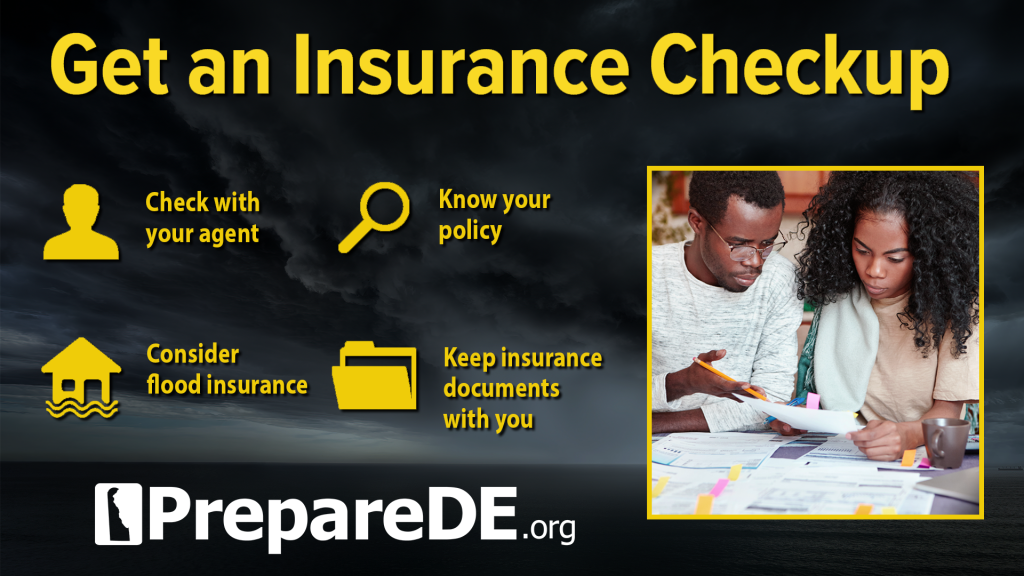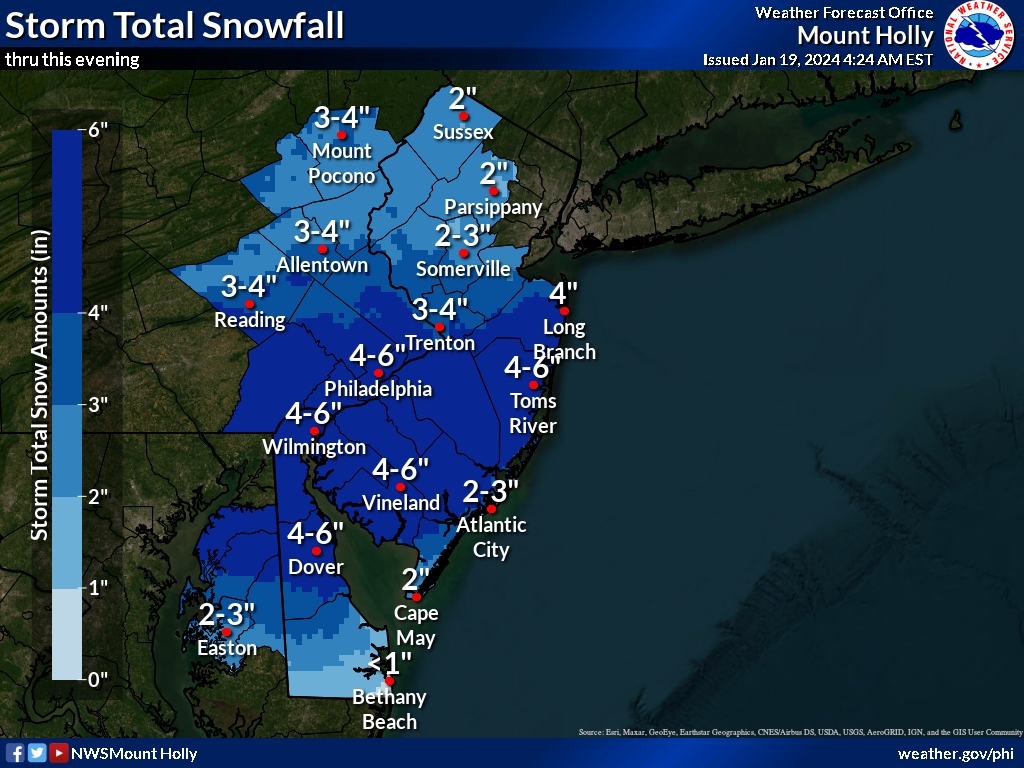For those who live or work within 10 miles of the Salem/Hope Creek Nuclear Stations
To check whether you are within the Emergency Planning Zone, or EPZ, visit de.gov/epz
SMYRNA, Del. — The Delaware Emergency Management Agency (DEMA), the Delaware State Police, and Public Service Enterprise Group Inc. (PSEG), will conduct a quarterly test of the Salem/Hope Creek Nuclear Generating Stations Alert and Notification system on Tuesday, April 2, at 7:20 p.m.
There are 37 sirens in Delaware located within a 10-mile radius of the Salem/Hope Creek Nuclear Generating Stations in New Jersey. The sirens cover an area north from Delaware City, west to Middletown, and south to Woodland Beach. This test is part of an ongoing program that continually monitors the integrity of the siren system. Sirens will be activated for three to five minutes, followed by a test message of the Emergency Alert System (EAS) on local radio stations. Sirens tested are the same ones used to alert the public in the event of an actual emergency at either the Salem or Hope Creek Nuclear Generating Stations.
In the event of an actual emergency, there would be a series of steady three (3) to five (5) minute siren sounds that would alert citizens to turn their radio to an Emergency Alert System (EAS) station for critical emergency information or instructions.
If there are any questions, please call the Delaware Emergency Management Agency at 1-877-SAY-DEMA (1-877-729-3362) or (302) 659-3362 and ask for Georgina Harris-Sharper or Albert Samah. To learn more about radiological preparedness, visit PrepareDE.org.
Potassium Iodide (KI) Distribution Event on April 4 from 11 a.m. – 7 p.m.
The Delaware Emergency Management Agency (DEMA) and Delaware Division of Public Health (DPH) will distribute free potassium iodide (KI) tablets to Delaware residents living within a 10-mile radius (also known as the Emergency Planning Zone or EPZ) of the Salem/Hope Creek Nuclear Generating Stations. The free tablets will be distributed on Thursday, April 4, between 11 a.m. and 7 p.m. at the Volunteer Hose Co. of Middletown, 27 W. Green Street, Middletown, Delaware.
KI is available to residents who have received it previously and whose tablets have reached their expiration date, as well as those who never received tablets before. Individuals with home or business addresses within the EPZ are eligible to receive the KI tablets. Recipients must bring a photo ID such as a driver’s license, proof of residency such as a utility bill, or proof of employment within the EPZ when they go to the Middletown Fire Hall—this is the only requirement to receive KI tablets. Residents who have KI that is expired can bring those tablets to the distribution center to exchange for new ones.
KI does not protect against external radiation but can help protect the thyroid gland from ingested or inhaled radioactive iodine that might be released in a radiation emergency. KI is one of the protective measures outlined in Delaware’s emergency plans developed for use in a nuclear incident. The State of Delaware receives the tablets through a program initiated by the U.S. Nuclear Regulatory Commission (NRC).
Delaware residents living outside of the 10-mile EPZ who would like to obtain KI tablets should contact their pharmacist. KI is also available over the counter at some local pharmacies.
The 10-mile EPZ in Delaware is comprised of four Emergency Response Planning Areas (ERPAs):
- ERPA A: Port Penn, Odessa, East of Townsend, North Smyrna, and South St. George’s Areas
- ERPA B: Middletown, East of Townsend, and North Smyrna Areas.
- ERPA C: Delaware City, North Middletown, St. George’s, and Reybold Areas.
- ERPA D: The Delaware River and Bay.
For additional information regarding the potassium iodide distribution program in Delaware, call the Delaware Emergency Management Agency (DEMA) Radiological Emergency Preparedness (REP) section at 302-659-3362. More information and resources can be found at PrepareDE.org
RESOURCES AND INFORMATION:
2023-2024 Emergency Plan Information for NJ and DE (PSEG Calendar) with up-to-date info and resources.
####
ABOUT DEMA
The Delaware Emergency Management Agency (DEMA) is the lead state agency for coordination of comprehensive emergency preparedness, training, response, recovery, and mitigation services to save lives, protect Delaware’s economic base and reduce the impact of emergencies. DEMA is a division within the Department of Safety and Homeland Security (DSHS) and authorized by Delaware Code.
Social Media: Delaware Emergency Management Agency on Facebook and X and Instagram


